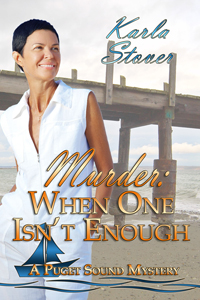BWL: Where are you from? Tell us a bit about
yourself and your history.
RG: I grew up in
Kent, known as the Garden of England and some of my books are set there. I have
lived in Sussex for more than forty years. I have done many different jobs but
mainly in local newspapers and the public library service.
BWL: How long have you been writing and in what
genres?
RG: I have been
writing for most of my life but it was only when I took early retirement that I
started to aim for publication. I write mainly write historical romances but I
have written short stories, magazine articles and a couple of film scripts for
the local film makers club.
BWL: Where you do get your inspiration?
RG: My inspiration
comes mainly from my interest in history, particularly the Victorian period and
the two world wars. I love visiting
stately homes, especially touring the kitchens and servants’ quarters. I also
frequently visit the Weald and Downland Open Air museum near my home. It is a
collection of buildings from various periods that have been rescued from
demolition and re-erected on the site and provides a wonderful insight into
life in days gone by.
BWL: Tell us about your book(s).
RG: My first
published novel was ‘Abigail’s Secret’ and is set during the Second World War in
my home town of Chichester, Sussex. It is the first and only time I have used a
real place in my books and I really enjoyed the research. Since then I have
used real settings but fictionalised them so that I can use my imagination
more.
My other novels
have covered the First World War, World War Two, and the period between. These
were periods of real change for women and allowed me to create strong heroines
who were not afraid to go against the conventions of their time.
My favourite so
far is ‘On Wings of Song’ about a society girl who moonlights as a music hall
singer. The research was fascinating and I grew to love Arabella, my heroine.
BWL: What about your next book? Will it be part of a series or a
standalone? Can you give us a taste to
whet our appetites?
RG: All my books are stand alone although I am
toying with the idea of writing a sequel to ‘On Wings of Song’. However, my
next book is to be called ‘Song of Memories’ about an orphaned English girl who
has gone to live with her family in 1930s Russia. Her family are arrested in
the Stalin purges but she escapes to England not knowing if her lover is dead
or alive.
BWL: What are your hobbies and interests?
RG: As you may have guessed my main interest in
history and I try to indulge it as much as possible with visits to historical
places and talks on local history. My son is involved in a medieval
re-enactment group and that has sparked my interest in the period so who knows
– a medieval romance might be in the pipeline.
I am secretary of
the Chichester Writers’ Circle whose aim is to encourage and nurture beginner
writers and I also belong to Chichester Literary Society. We enjoy talks on
famous and not so famous writers, as well as literary walks and outings to
places such as Kipling’s and Jane Austen’s houses.
BWL: What does the future hold for you?















.jpg)






